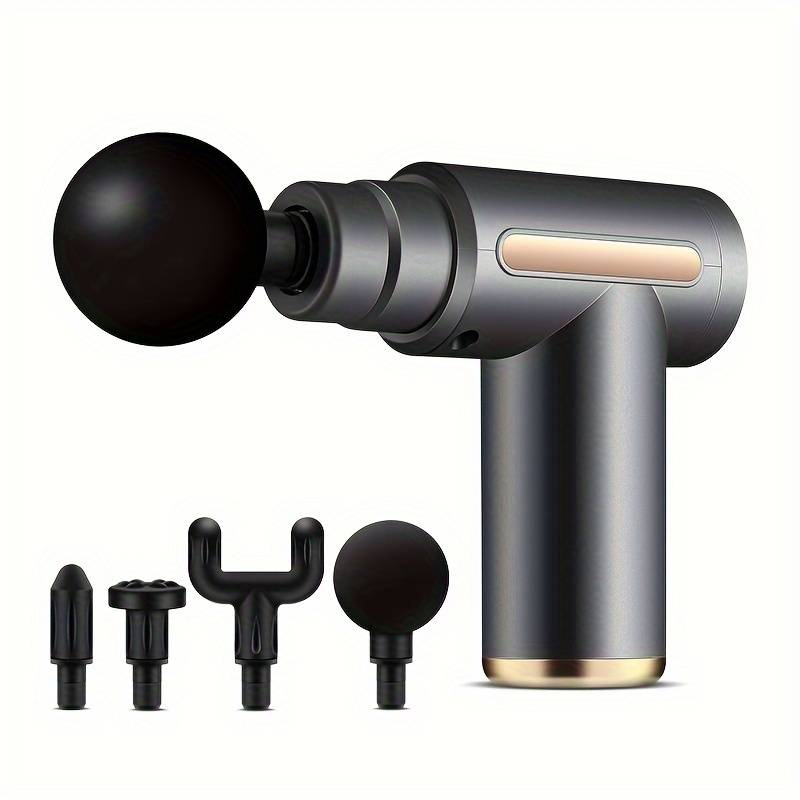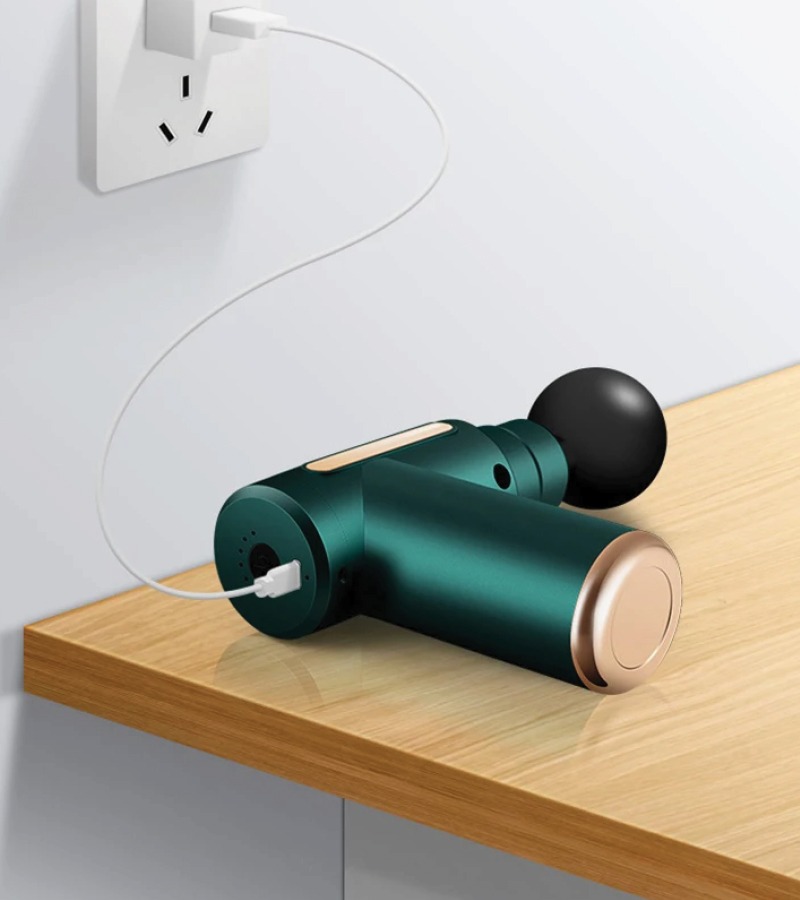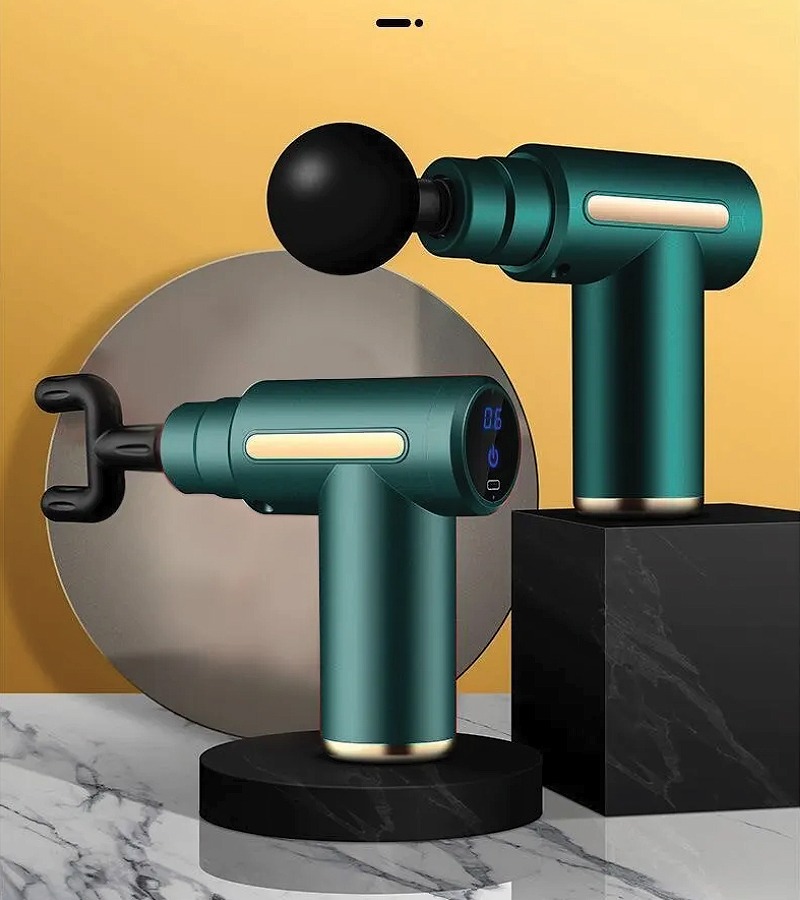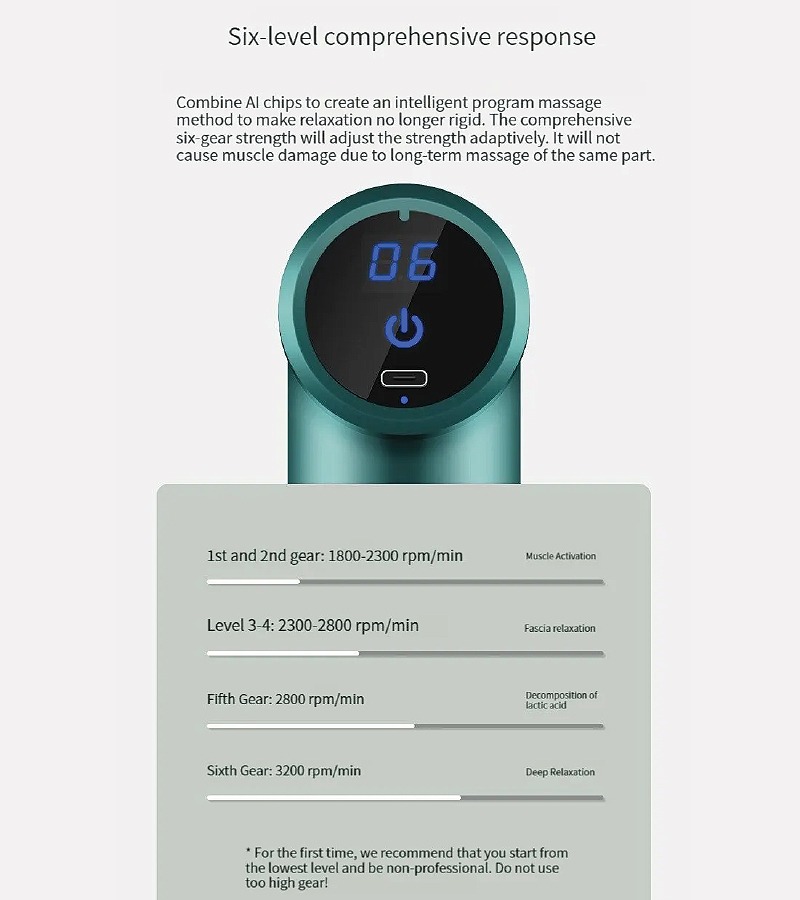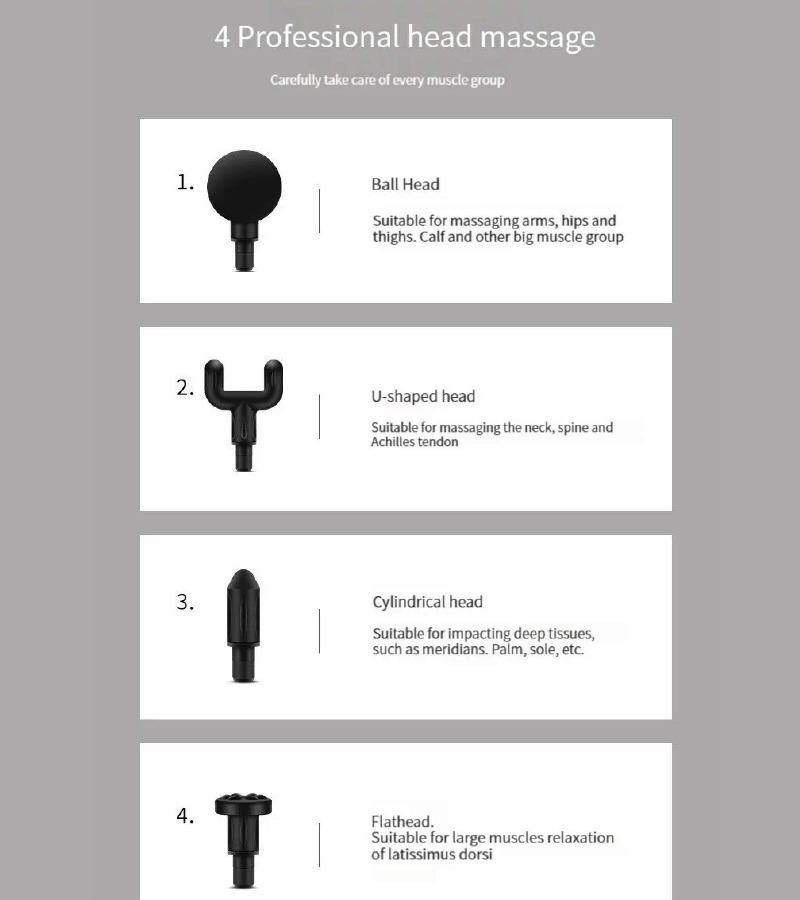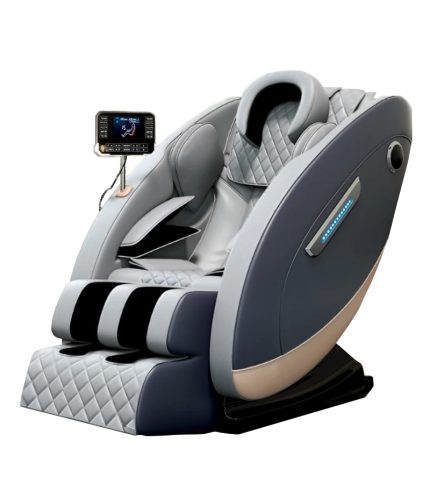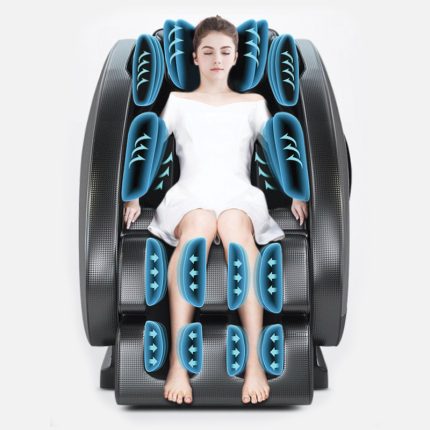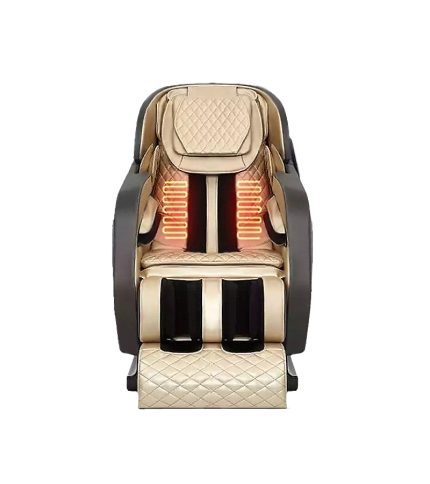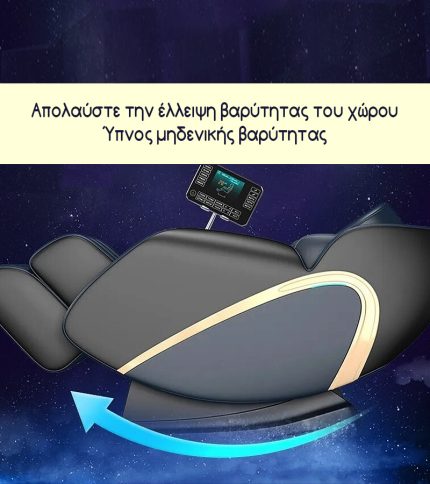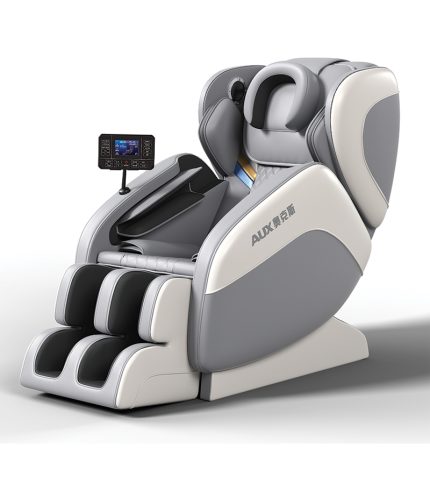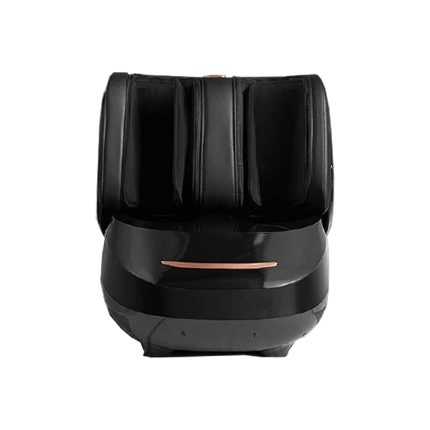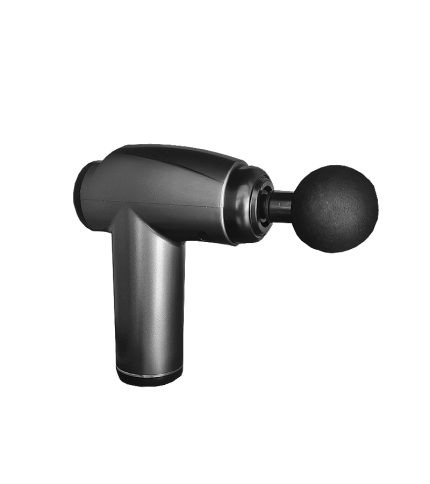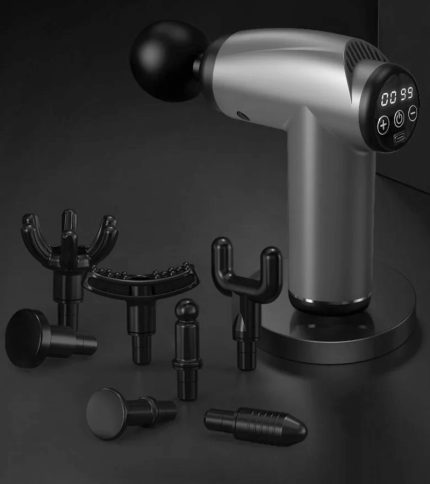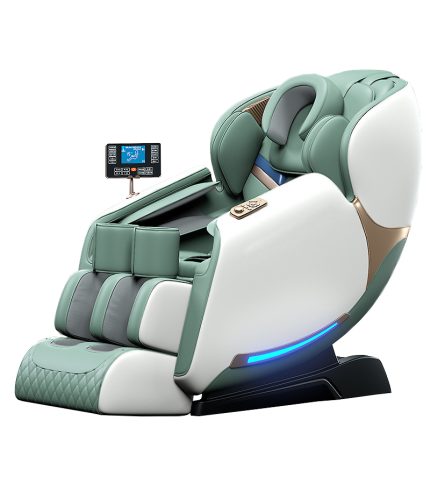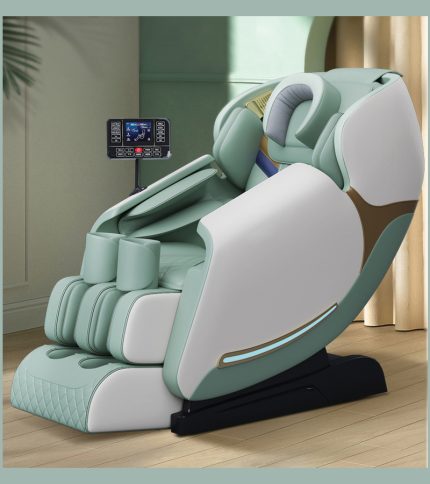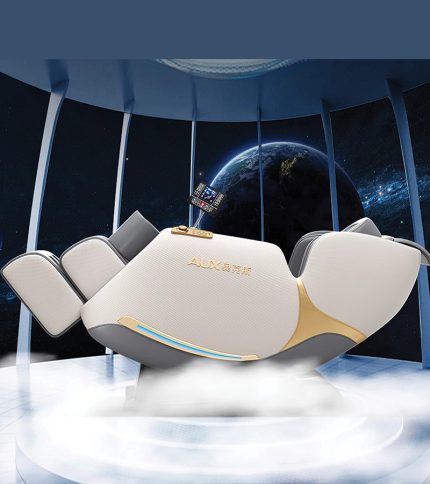Relax anywhere with our mini massage device! Ideal for muscle recovery after exercise, relieving daily stress, and alleviating discomfort from sedentary lifestyle. {Crafted from high-quality ABS material for durability and reliability, it features a user-friendly design with a smart start button and an intuitive LCD touch control method. Equipped with a powerful wireless motor and offering four interchangeable massage heads, it targets every muscle group with precision, providing a variety of therapy options for shoulders, legs, and back. With 6 intensity settings, large battery capacity and low energy consumption, it offers extended usage time for continuous relief. Its compact size ensures portability without sacrificing performance. Say goodbye to muscle tension and welcome rejuvenation with our massage gun.
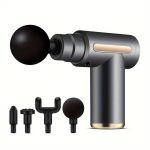





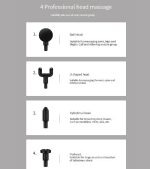

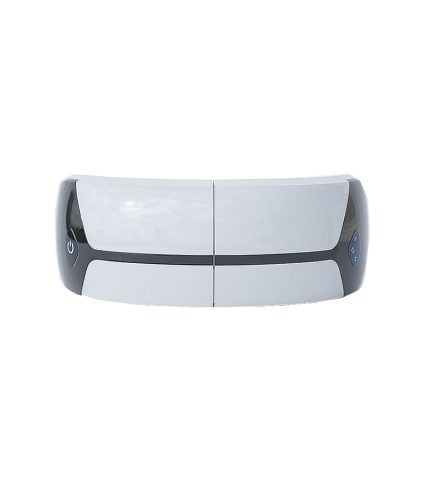
Mini Massage Device BX-720 with Vibration
49.90 € with VAT
In Stock
| Brand |
ROHAUS |
|---|---|
| Color |
Green |
| Brand | ROHAUS MASSAGE GUN |
| Model | BX-720 |
| Colours | Γκρι - Πράσινο |
| Proposed Τime Use | 15 minutes per point |
| Dimensions | 132*134*50 cm. |
| 6 speeds | 1800-3200 r.p.m |
| Rated power | 25W |
| Interchangeable heads | x4 |
| Net weight | 550 γρ. |
| Relative trend | 7.4 V |
| Input voltage | 5V |
| Interface type | Type C (cable included) |
| Main material | ABS Πλαστικό |
| Environment of Use | -5-40°C |
| Power supply method | Rechargeable lithium battery |
| Safety design | Class I |
| Certifications | ISO9001, CE, ROHS |
| Guarantee | 2 years |
| Package Dimensions | 120x76x107 εκ. |
| Mode | Silent |
| Instructions for use | English |
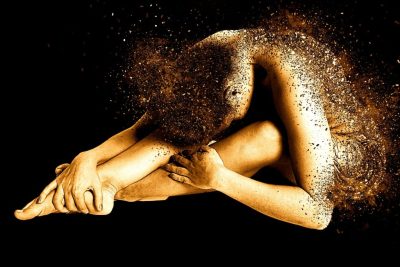
The fascia penetrates, supports, and allows communication between all parts of the body.
You may have heard of fascia in relation to muscle pain, cellulite reduction, or its role in maintaining skin elasticity. It is also related to mental well-being, physical vitality, and cognitive clarity.
You may have heard of fascia in relation to muscle pain, cellulite reduction, or its role in maintaining skin elasticity.
It is also related to mental well-being, physical vitality, and cognitive clarity.
But what exactly is fascia?
What is the use?
In this article, we will explore the characteristics of this system of fibers and how mobilizing it consciously benefits us.
Every organ and system in the body has its own role. However, no part or organ functions independently without affecting and being affected by other parts. Our body operates as a complete functional system, a unit.
We cannot effectively address a part, a muscle, the skin, an organ, or a system without influencing the entire unit. Thus, it is wiser to approach the unity of the human body holistically. The nature of fascia confirms this.
The truth is that the semi-transparent, thin, and whitish fascia may not seem significant at first glance, yet it is crucial. Fascia consists of connective tissue, collagen fibers, water, proteoglycans (a protein that retains water), and elastin (a resilient elastic protein). Its fibers are semi-transparent, thin, and whitish, with a thickness of only 0.5 to 3 millimeters, with exceptional sliding and displacement capabilities.
Overall, fascia covers all parts of the body: muscles, bones, tendons, optic nerves, the brain...
Without this very powerful system of fibers, the body would not be able to maintain itself.
Understanding that we are made up of our fascia helps us understand many things, although we still do not have all the answers, as ongoing research sheds new light on old theories of structure and movement, revolutionizing how we approach the body clinically, athletically, individually, and holistically.
Fascia is not just a simple support structure but a system of tissues that distributes tensions and is responsible for the communication of the different levels and structures of our body.
Biologically, it is the tissue that holds us together, and this is important.
When our body hurts
If the fascia is restricted, the muscle contraction will also be restricted. Then pain and injury can occur, but the restriction may come from any muscle or fascia and often from another part of the body where the pain may not be reflected.
Fascia functions to separate and protect and allows for the production, transportation, and protection of energy. Additionally, it conserves a large amount of water and defends us against foreign bodies.
It affects our flexibility in general and our physical form.
Your body is covered by many layers of fascia, which connect muscles and tendons and are crucial for body movement.
Balance
“Once there is dysfunction or pain in an area, the body adapts to keep the body upright in an effort to function without pain. In this way, the fascia will shorten or tighten in some areas because the muscles cannot hold the extra tension on their own. That is, the posture of the body will change in order to remain functional."
This explains how in conditions of movement and structure, incorrect posture affects the fascia causing pain and unstable movements.
Your body is covered by many layers of fascia, which connect muscles and tendons and are very important for body movement.
There are three types of fascia:
- Superficial fascia: is part of the subcutaneous tissue, connects every organ and tissue, surrounds blood vessels, nerves and glands and holds water and fat.
- The deep fascia: as its name suggests, it is the deepest of all and, moreover, is responsible for supporting the muscles, bones and joints. The deep fascia reacts to stimuli caused by emotions and is known as the "sixth sense organ".
- The visceral fascia: supports every organ of the body by surrounding it with protective tissue.
Summarizing:
This network of fascia surrounds every part of the body, from the nervous system to the organs. Without it, we would not be able to move immediately.
Characteristics:
Fascia has different functions in the human body, among which the following stand out:
- Boundary: fascia is responsible for separating muscles from organs and tissues from bones. It also prevents friction between muscles.
- Energy boost: is responsible for transferring energy from one muscle to another.
- Energy saving: conserves muscle energy and can release it, if necessary, through a "spring effect".
- Transport and cateringsends the lymph fluid to the lymph nodes.
- Protection: takes care of all organs and muscles.
- Collaboration with the immune system:It forms the connective tissue system, which protects us from foreign bodies.
- Keep: the fascia is a good reservoir of water.
- Communication: connects the nervous system to the blood vessels.
- Dynamism: works with the movement and flexibility of the body.
- Sixth Sense: It acts in mechanical and chemical reactions and transmits them to the brain.
- Cushioning: Τhe fibers absorb shocks and balance force.
- Constitution: shapes our appearance.
- Wellness: positively affects our physical and mental balance.
How fascia affects us
When we are in good health, the fascia is elastic, mobile and very moist, because it has a lot of water. As your flexibility decreases, not only is body movement limited, but tension or pain and risk of injury increases.
The lack of flexibility in the fascia can be due to various factors, such as age, if we have stress, fears and not moving enough.
Also, if the amount of water is reduced, the elasticity will also be reduced. Lack of hydration often causes the fascia to stick together.
Poor posture or lack of exercise can also lead to stiff fascia and consequently cause pain.
For example, if you sit for hours and hours every day, you will not have good lymphatic circulation, something necessary to heal wounds, among other things.
Ongoing stress and lack of sleep can also disrupt hormones, causing the fascia to tighten.
An uncontrolled diet in quantity and quality leads to an acid-base imbalance, which can also affect the quality of the muscle fascia: the connective tissue becomes gelatinous, sediments accumulate and movement disorders. As a result, the fascia is compressed.
What is fascia and what does it help with?
Consequences of fascial problems
If the fascia cannot play its role properly, the whole body is affected. Muscles, tendons, organs and joints lose flexibility, problems such as back pain, shoulder pain and joint pain will appear and consequently inflammation.
Muscle effects
Muscles are not solely responsible for body movement, fascia also plays a decisive role in mobility. If the fascia becomes too stiff, you will have less flexibility in your body and you will be more prone to pain and even injury.
Organ effects
If it is too stiff, the fascia can "block" the organs it surrounds. In addition, circulation in the blood vessels becomes less fluid, which affects communication between cells and the brain, and physical pain may also occur. Likewise, the lymphatic system has changed and as a result you may suffer from heavy legs, puffy eyes, etc.
In this way, the organs will be less protected and the pollutants that reach the body will not be properly filtered. In the long term, this can lead to heart, respiratory and digestive problems.
Summarizing:
If the person does not exercise regularly, the fibers that make up the fascia can be strained and cause obstacles to the smooth functioning of the internal organs, various types of pain, lack of flexibility and even physical and consequently mental deformity, mental disorder.
from Maria Santos
Facilitator Neurodanza
www.neurodanza.com
Source: https://neurodanza.com/peritonia-fascia/

